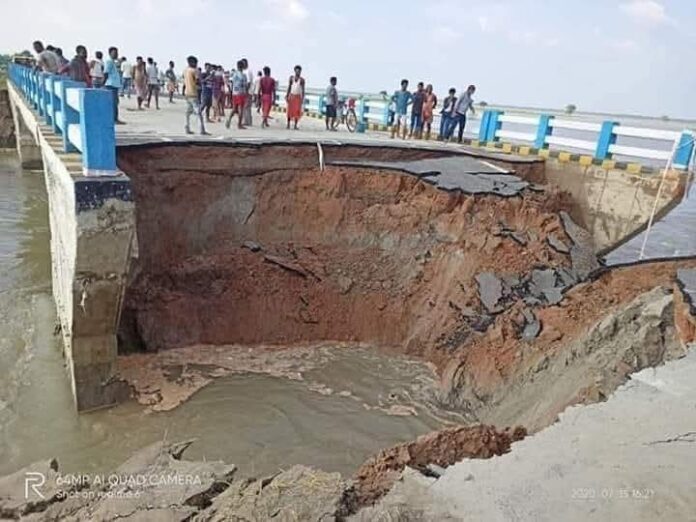Md Naiyar Azam, TwoCircles.net
Patna: When Mohammad Akhlaq Raza, a 23-year-old student from Baisi in Purnia, speaks of educational hurdles in Seemanchal, it is not abstract, it is his lived reality.
“Children here travel miles for higher education. There is no bridge over the Mahananda River. During floods, we rely on boats,” he says.
This easternmost region of Bihar, bordering Nepal, West Bengal and Bangladesh, covers Kishanganj, Araria, Katihar and Purnia with 24 assembly seats. It has a large Muslim population – 68% in Kishanganj, 43% in Araria, 45% in Katihar and 39% in Purnia according to the 2011 census. Still, many families remain poor.
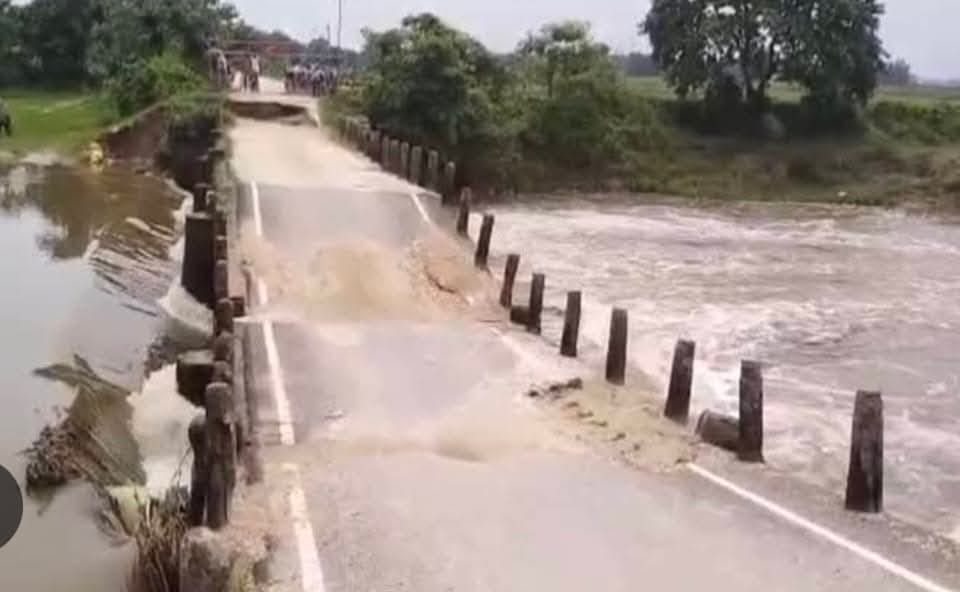
Since independence, Muslims here have faced neglect. The NITI Aayog’s 2023 Multidimensional Poverty Index ranks all four districts among Bihar’s poorest. A survey by the Asian Development Research Institute in 32 villages and 4,205 respondents shows 43.32% of Muslim families are Economically Backward Class (EBC), versus 24.92% of Hindu families; 49.22% of Hindu EBCs are Dalits.
Education levels are bleak. Only 0.82% of Muslims hold a graduation degree. Illiteracy affects 37% of women and 29% of men.
Health risks compound challenges. Nausheen Khatoon, 37, from Jokihat, complains, “If a woman does not have a normal delivery, she has to go 50 to 60 kilometres away. Sometimes, they die due to complications.”
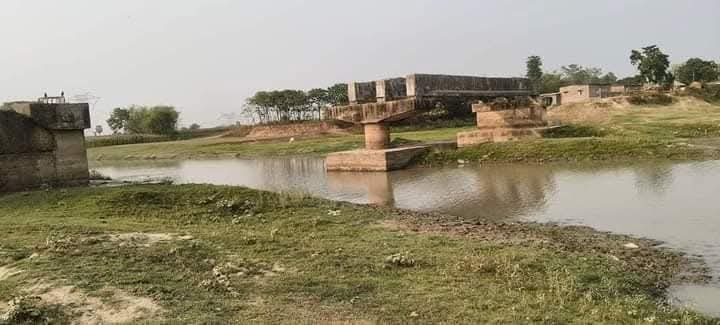
Though agriculture supports over 90% of families, no processing units exist for their produce – tea, dragon fruit and pineapple. Yearly floods and erosion destroy homes and fields. No flood‑control or river‑management systems are in place.
Congress MP Katihar, Tariq Anwar, says, “Since independence, floods, erosion, unemployment, migration and corruption have been major issues in Seemanchal, but solutions have been inadequate. Different governments have tried, but results are lacking.”
The Bihar Caste Survey 2022-23 found 68-75% of Muslims live in kutcha houses. Funds are frequently spent on political rallies instead of schools, roads or bridges. Promises remain paper-thin, even as youth leave in search of opportunity.
Meanwhile, community-led innovations have emerged as a ray of hope.
Daniyal Ashraf, who runs Rahi India Foundation, says, “How long can we keep complaining? If we teach people how to use computers, phones and the internet, they will become digitally and socially aware. That is why, we have launched the ‘DigiPathshala’ project in the Kochadhaman assembly constituency.”
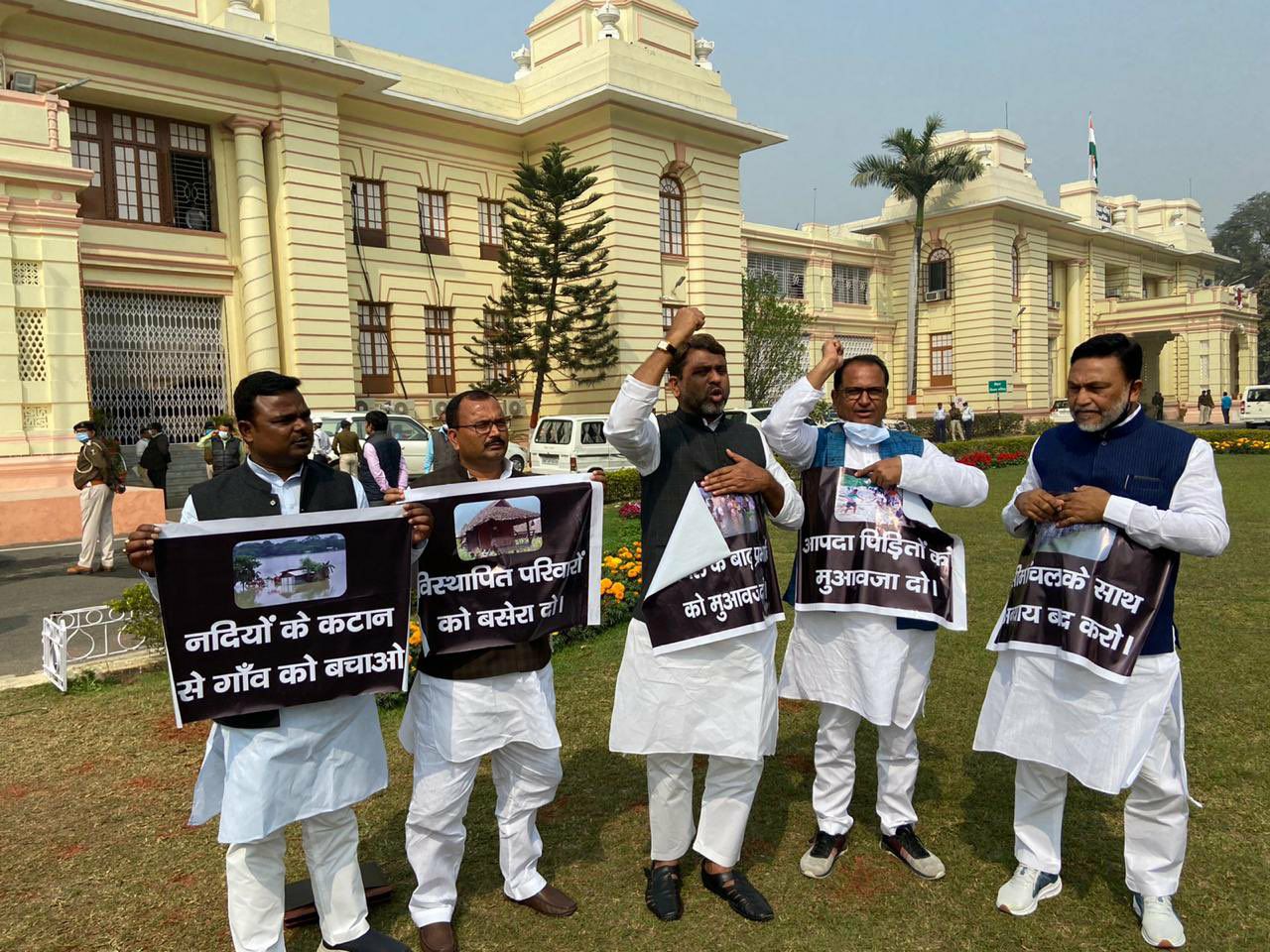
Politics, Promises and Polls
Seemanchal has become a political hotspot, with Muslim votes swinging outcomes. Amour MLA Akhtarul Iman, who belongs to the Hyderabad-based All India Muslim Majli-e-Ittehadul Muslimeen (AIMIM), and Jokihat legislator Shahnawaz Alam, a leader of the Rashtriya Janata Dal (RJD), criticise Nitish Kumar’s government for Seemanchal’s backwardness.
While Alam claims that “during the 17‑month Mahagathbandhan (RJD, Congress, Left combined) government, we provided jobs to 5 lakh youth”, Iman says that “Seemanchal is a Muslim‑majority area, so everyone has taken advantage of it. Nothing has been done”.
In 2020, the AIMIM won five assembly seats, shaking up RJD’s dominance. In 2015, the RJD and the Congress relied heavily on Muslim votes.
Now, as the 2025 elections loom, both the ruling National Democratic Alliance (NDA) and the Opposition Mahagathbandhan are campaigning aggressively.
CM Nitish Kumar touts new schemes; the Opposition promises a Seemanchal Development Authority.
Former MLA Saba Zafar states, “The education system has improved but it is not enough. Even if the government builds schools, many parents do not send their children. Migration happens due to lack of education. Nitish Kumar is seen as a pro‑Muslim leader.”
Two key political issues are in focus – the Waqf (Amendment) Act and the Seemanchal Development Authority. The NDA hopes the newly-enacted waqf law will draw Hindu and backward Muslim votes. The Opposition emphasises real development.
Jamia Millia Islamia scholar Raqib Alam points to internal divisions. “People here are divided into groups, pulling each other down. If Kishanganj MP Javed Azad organises a social reform programme, others will not attend because he is from the Congress. People do not see these as community programmes but as party events. That is why progress is slow.”
Journalist Tanzil Asif, who owns Main Media that extensively covers socio-political issues in Seemanchal, highlights rising representation and rising frustration.
“BJP’s state president Dilip Jaiswal, Congress legislative party leader Shakeel Ahmad Khan, CPI(ML)’s Mahboob Alam and AIMIM’s Akhtarul Iman all hail from Seemanchal. Floods and erosion remain perennial issues. When will solutions come? It is hard to say,” he says.
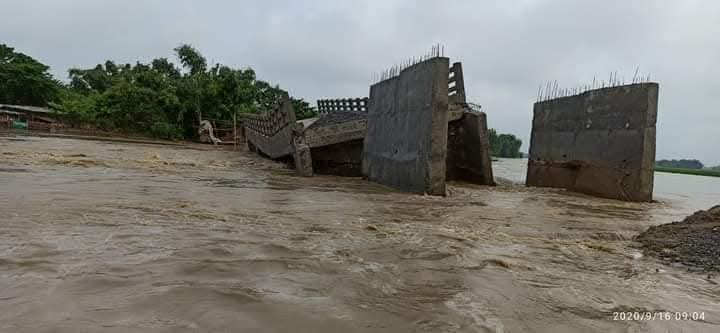
Voices of Change
First-time voter Babar, 19, from Bahadurganj, says, “I will not vote based on caste, religion or propaganda. I will see which party and leader stand with the most marginalised. That is how I will decide.”
Shahid Ali, 46, from Thakurganj, adds, “We are uneducated, so politicians only take our votes. But our children are studying. Now we will see which party works for us and vote accordingly.”
Today, Seemanchal’s politics and society are changing – slowly and unmistakably. Muslims here have been held back since Independence due to geography, economics and political neglect.
Official data confirms Seemanchal as the most backward region in Bihar. While the 2025 assembly elections offer hope, the journey toward real development and empowerment has only just begun.


